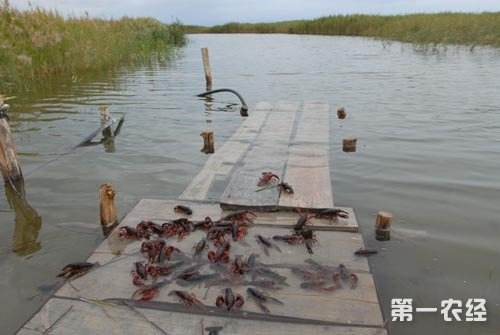Technical points of feeding and Management of Dairy cows in Winter
Dairy cows are very important in China, because dairy cows mainly produce milk, and the raw materials of many dairy products in our country are milk. Therefore, the farming area of dairy cows is very large, and dairy farming is different from ordinary domestic cattle farming, and there are different management methods in almost every season. So now that winter is coming, how to manage the cows in winter? Today, the editor brought the cow winter feeding and management technology, let's take a look at it!

1. Drinking water
Water is not only an essential substance to ensure the normal growth of dairy cows, but also the key to improve milk yield. The temperature in winter is too low, which makes the water easy to freeze, which is not good for dairy cows to drink, which leads to drinking water problems of dairy cows in winter. Therefore, it is necessary to do a good job in drinking water management in winter, maintain all-day water supply, and appropriately raise the temperature of the water, which should not be lower than 10 degrees and should not exceed 15 degrees. Too high and too low will affect the growth of dairy cows and reduce milk production.
2. Feed
The temperature in winter is the lowest in the four seasons. Because of the low temperature, cows need to emit more calories to maintain their body temperature, thus consuming more nutrients. Therefore, in winter, in order to properly adjust the feed ratio of dairy cows, increase the proportion of nutrition and energy in feed, and improve the appetite and food intake of dairy cows, we must meet the nutritional needs of dairy cows in winter and ensure the normal growth of dairy cows.
3. Supplement nutrition
In winter feed, we should not only increase the proportion of energy, but also increase the amount of trace elements such as calcium and phosphorus. If dairy cows lack trace elements, it will affect the breeding of dairy cows, the emergence of deficiency diseases, such as osteomalacia and so on. In particular, it is more harmful to cows, such as lack of trace elements, mild hyperosteogeny, limb deformation and other problems, heavy will have a greater impact on cow milk yield. It is also necessary to increase the content of minerals to ensure the normal growth of reserve cattle.
4. Reproduction
Usually, it is better for dairy cows to mate and breed in winter, because the high temperature in summer is not conducive to the growth of calves, and it is easier to manage calves in winter than in summer. So in winter, we should do a good job in cow reproduction, promote cow conception, improve breeding efficiency, provide sufficient quantity for breeding in the coming year, and reduce breeding costs. But at the same time, we should also take measures to protect the fetus, not to feed deteriorated feed and frozen water, to prevent pregnant cattle from falling and causing abortion, to meet the nutritional needs of pregnant cattle, and to strengthen management.
5. Prevent cold and keep warm
The barn should do a good job of keeping warm in winter, reduce the heat dissipation capacity of the barn, and block most of the vents in time to prevent the invasion of thieves. The tuyere at the top of the barn should be closed in time, and padding should be added appropriately to prevent the cow from lying on the cold ground, making the belly cold and affecting the growth of the cow. And regularly clear out the manure and residual feed in the barn to prevent dampness in the barn and proper ventilation if necessary.
The above is a brief introduction of the main technical points of cow feeding and management in winter, and the management of dairy cows in winter is very important. Because it is directly related to the survival and milk yield of dairy cows, it is linked to the economic benefits of their own breeding. So we must do a good job in winter management. That's all for today's introduction. This article is for reference only. I hope it can be helpful to everyone.
- Prev

How do shrimp farmers get out of the misunderstanding of dissolved oxygen management in shrimp ponds?
How do shrimp farmers get out of the misunderstanding of dissolved oxygen management in shrimp ponds?
- Next

How to judge whether the sow is finished or not
How to judge whether the sow is finished or not
Related
- On the eggshell is a badge full of pride. British Poultry Egg Market and Consumer observation
- British study: 72% of Britons are willing to buy native eggs raised by insects
- Guidelines for friendly egg production revised the increase of space in chicken sheds can not be forced to change feathers and lay eggs.
- Risk of delay in customs clearance Australia suspends lobster exports to China
- Pig semen-the Vector of virus Transmission (4)
- Pig semen-the Vector of virus Transmission (3)
- Five common causes of difficult control of classical swine fever in clinic and their countermeasures
- Foot-and-mouth disease is the most effective way to prevent it!
- PED is the number one killer of piglets and has to be guarded against in autumn and winter.
- What is "yellow fat pig"? Have you ever heard the pig collector talk about "yellow fat pig"?

